2021 Holiday Guide: A Very Special “Smalliday”

A Scaled-Down Take on Gifting This Holiday Season
As many of you know, every holiday season we publish fresh gift guides for all different categories of recipients, ranging from babies and kids to moms, dads, friends, and grandparents. This year, we made the decision not to round up new gift picks — and instead are bringing you an alternative guide (of sorts) this season.
The TL:DR on this is that we’re all feeling a little fed up with over-consumerism right now. Especially this year, things just feel different. (Anyone?)

Now, we’re not suggesting that anyone boycott the holidays or cancel gifting altogether, nor would we presume to impose our own feelings of reticence upon anyone else. We’re simply sending this editorial out into the world as an honest expression of where our team members are at this year, which is to say… feeling different about recommending a big holiday shopping bonanza.
Thus, we’ve been inspired to make this year’s holiday a Smalliday.
If you have no interest in going down this rabbit hole and/or find yourself still in need of traditional gift options, we’ve left up our guides from previous years, which you can see here (2020) and here (2019), and you can always peruse our evergreen gift guides for different ages. These contain carefully curated toy and gift options that are geared toward open-ended play, freedom of creativity, and long-lasting quality. (We also have book picks for readers and listeners at every age — and books are always a great gift, IMO.)
Wherever you find yourself, we wish you all the happiest and safest of holiday seasons this year. ❤️
Skip ahead to:
3. 6 Gifting Alternatives For Families
Things Are Weird This Year
There’s been an on-and-off consumer supply chain crisis throughout the entirety of the pandemic, but on the eve of this year’s holiday season, the situation seems to present a fresh dilemma for consumers.
Rather than being a problem of demand not meeting supply (as was the case early on… remember how hard it was to get a turkey or toilet paper last year?), this new wave of supply chain issues stems from widespread labor shortages (that’s a whole ‘nother issue…) met with economic success and unprecedented consumer demand and spending, especially at the more affluent levels. As Slate reports, “Americans are currently buying a record amount of stuff, and that spending binge is crashing the transport and warehousing network meant to move it all.”
The deluge of products into the country is creating a bottleneck, and the result is that the nation’s production factories, storage warehouses, transportation systems, workers, docks/ports, etc. are swamped — and consumers aren’t getting the “stuff” they ordered (and certainly not at the “Prime” speed they’re used to).
In short: it’s not necessarily a great time to (further) tax an overburdened system. This logistical crisis is going beyond the discretionary-spending sector and is already beginning to impact the availability of *essentials*, like food and medicine, as Amanda Mull recently wrote in The Atlantic. (And yes — again — toilet paper!) As the manager of the Florida network of Costco stores told Meg earlier this month, “we have toilet paper waiting on cargo ships outside of L.A., we just can’t unload the stuff… and we’re out of warehouse space. Oh, and there’s a shortage of truck drivers.” Long story short: the supply chain is failing at multiple points and it’s no easy fix.
Without advocating that you quit shopping or “cancel the holidays” altogether (we’re not Scrooges!), it feels like being intentional with our purchases might exactly be what the world needs right now.
Plus — you might not be able to get what you want anyway… at least, not in time for the holidays…
Moving on.
More Stuff Won’t Make Kids Happier
We’ve written before about the perennial — and seasonal — Stuff Problem in most households. Yes, “dealing with it” is an ongoing struggle for many.
I think there’s a certain nervous tension that diffuses, usually starting juuuust after Halloween, about the impending influx of more to our kids’ already-excessive piles of toys, games, art supplies, stickers, stuffed animals, books, play dough and whatnot.
All. The. Things.
In the aftermath of my most recent attempt to turn my kids’ playroom from what my grandma would have called an eternal “pigsty” into a calm, clean play space where they actually have room to play, I decided to try a new tack:
An Anecdote —
After three weeks of trying every maneuver I could possibly think of to deal with my kids’ stuff mess, including many tactics I’ve suggested in the past (ranging from teamwork to gaming to ritualizing to delivering vague threats), I was so fed up with cleaning up my kids’ sh*t that I decided to clear out their playroom. Entirely.
Here was my thinking: I ask them to clean up; they whine. I offer to help them clean up; they gladly accept my help and then proceed to play while I clean up around them. I tell them to clean up or I will take their toys; they either complain about the injustice of the world or shrug and say they don’t mind at all, depending on the day.
The script grew old quickly. 🙄 (Meanwhile, the mess grew bigger…)
In any event, I made a drastic decision: I took away everything — ALL THE THINGS. And I figured it would solve the problem (or at least break the cycle, hah). Well, let me tell you what: it didn’t. Not entirely. Yes: even with virtually nothing in it, our playroom quickly devolved into A Huge Mess. But — do you know what? NOT ONCE did my kids ask for any of their other things back. Not once. I couldn’t believe it. I still can’t believe it. Here is what I took away from this experiment:
- (My) kids know how to make a mess regardless of how much or little stuff they have available to them. Clean-up is tough, and teaching it really does take time (and practice, and patience…).
- Kids don’t really need “toys” in the traditional sense (more on that below).
It’s now been almost two months since I played the Grinch, and do you know what? My kids still haven’t asked for any of their toys. Trust me, no one is more surprised…
This experiment prompted me to revisit Simplicity Parenting, and I was reminded that toys — and having a lot of them — are not necessarily good (or maybe even benign). As Kim John Payne explains:
- Modern industrial-era toys (a relatively new phenomenon themselves, historically speaking) have the effect of pulling children away from creativity, potentially depriving them of the gift of unscheduled downtime (aka, time to do “whatever”);
- Abundance diminishes specialness and reduces depth of exploration and engagement;
- Too much stuff overwhelms children — it leads to choice overload and mental clutter;
- Too much stuff can (quite literally) impact children’s attention and interest in the world; to kids (cough, and adults), it’s actually “oppressive… [and the] profusion of products and playthings is not just a symptom of excess, it can also be a cause of fragmentation and overload.”
In short: Many of us already feel like our children have Too Much. Remember: less is more.
Six Gifting Alternatives for Families
There always seem to be some number of “try this instead” options that adults may be perfectly happy to choose to replace traditional gift-giving, but to me many of them come up short when it comes to kids.
Donating funds in lieu of gifting, for example, is a beautiful tradition, but I think that many parents who love this option are less enthused when it comes to using is as a replacement for their own children’s gifts. After all, the idea might be a bit too abstract for children to comprehend. Here, we’re going to focus on a handful of ideas that we hope you can get fully on board with — kids included.
If you have young kiddos, any/all of the following strategies have the added benefit of setting reasonable expectations (aka setting the bar low, LOL) at the holidays. If children expect to receive only two/three presents they know they will use and cherish (or some alternative), gifting doesn’t wind up being a constant balloon where children anticipate more and more each year.
It’s like that classic parenting line — it’s easier to add something in than to take it away…
Having a “smalliday” also helps communicate early on that the holiday season is not just about presents. In fact, when your children are young is possibly the ideal time to cement your family’s holiday ideology, so to speak. It’s an opportunity to teach them about those things that matter most (think: what do you want the highlight(s) of the season to be in two, five, seven years?) and to downplay whatever you’d prefer to leave at the door. (If your children are older, all hope isn’t lost! It’s just that you may have a harder sell…)
Here are 6 solid gifting alternatives for families with children:
1. The Great Toy Swap
Melissa came up with this truly genius idea that we all decided to steal. She told her kids that if they wanted any presents for the holiday this year, they had to pick X amount of their things (half, for example) to donate (!!). (They readily agreed, lol.)
Next, she went through everything and sorted through what was in good enough shape to donate, and instead of dumping it all at Goodwill (not that there’s anything wrong with that — but many locations have drastically reduced their donations acceptances), she started a running list and invited friends to join in. Soon enough, she had an entire neighborhood toy exchange going. 💪
With Google docs and spreadsheets, this is an easier-than-ever-before (though still damn impressive) feat to pull off — and it has such amazing benefits all around. Everyone involved gets to feel great about whittling down on their own belongings, gets to “holiday shop” for free, and knows they’re not contributing to excess waste/climate change/etc. It’s a win-win-win.
Pro tip: Kids don’t care about the social norms of gifting like we adults do, like gifts must be new (with tags on!).
Psst — other groups of neighbors/friends do something similar but at a set date and in-person, where you can literally walk around to “shop” at different tables. It’s like a group yard sale without the financial exchange and designed specifically for the holidays. **If you’ve done something similar, let us (and everyone else!) know how in the comments section, and bravo!
Relatedly, you could opt to donate excess toys to a local charity and shop at second-hand stores (including Goodwill!) for choice gifts.
2. Set a (Low) Limit
Decide on a limited number of things to gift your children, and focus on choosing open-ended toys that invite creativity and free play (think: legos, art/craft supplies, building blocks, etc.). Many of these have the added benefit of lasting through years of play (rather than fizzling out after a temporary developmental period). The key here is to stick to your limit… swear an oath, if you must, hah.
If the grandparents in your life tend to be over-gifters, have a talk with them about limits and why you feel they’re important. (Easier said than done, we know… but sometimes these transitions can pan out over the course of a few seasons. And now is as good a time as any to begin the process.)
To help set limits, some parents adopt the following division of gifting: one thing you want, one thing you need, and an educational/creative toy.
3. Go Homemade
If it’s your cup of tea, making crafty DIY gifts is such a fun option — and kids literally LOVE when people make things for them! You can even craft a gift for your partner with your kids — because yes, kids also LOVE making things with and for people.
When it comes to your parents, keep it DIY. A gift made by grandkids is so much more meaningful than whatever you’d buy at the mall.
DIY Gift Ideas for Grandparents
I am the least artsy-crafty person I know. I always think the idea of homemade gifting sounds great, but I never actually know what to do… and I never follow through. Half the battle is deciding on your project, friends. Here are a handful of economical ideas that are also **highly doable.
1. Finger Paint
Simple, messy finger paint on a plain canvas is so easy. If you want to use paper, you can always buy a frame, and I also love the idea of capturing the artist at work, too (see below).
2. Handprint Everything
Have your kiddo slap their handprint on literally anything — don’t ask me why, exactly, but everyone always eats this up. Use: a T-shirt, a crew neck sweatshirt, a canvas tote bag, a serving plate, cardboard coasters, a watering can, an oven mitt, a wooden plank… whatever. It takes like two minutes, ya’ll, and whether it comes out tacky (as in my case) or classy (see below), it’s always sentimental. (See this fabulous list for more ideas.)
3. Photo Coasters
This fun little art project is functional and would pair well with a simple drink (a bottle of wine, some hot chocolate mix, mulling spices, etc.). For less of a project, you could simply let your children paint/decorate coasters. And, if you’re totally not up for the hands-on “doing,” check out Etsy…
4. Mint Body Scrub
This four-ingredient recipe is simple enough for toddlers to pitch in and makes for a lovely self-care treat. If you dress it up in a mason jar (LOL) with some holiday trappings (red ribbon, a bow, etc.), the presentation is quite seasonal! (Also, you can use either green or red food coloring.)
5. Decorated Golf Balls
Give your kids some golf balls and some sharpies and tell them to go to town. For the golf lover in your family, this is a super easy… and also adorable.
4. Secret Santa
I LOVE this option for adults, and I don’t think I ever thought of it as a serious possibility with kids, but you actually can do it with your kids. Many families who take this approach love it — including the youngsters. In fact, kids really enjoy being included in drawing names for gift exchanges — and this entire “strategy” has the added benefit of reducing total gifting (especially in big, sprawling families).
In my family (parents, siblings, siblings-in-law), for example, we started using Draw Names to set up our gift exchange and keep things both random and secret. We all agree to a modest price limit, and we schedule a Zoom call around the holiday to open our gifts together and guess who “gifted” one another — and it’s SO fun! Since we all now only purchase and receive one gift, it’s resulted in all-around less spending, less junk, more intentional buying, and a deeper connection with one another.

You could also “pair” drawing names with limited gifting. For example, among my husband and two kids and I (we celebrate Christmas), our plan this year is to limit Santa to 3 gifts per child and do a homemade gift swap among the four of us. We’re hoping 🤞 that eventually, as our kids get older, the secret Santa gift swap would move to the forefront and would essentially be the extent of our gift exchange.
5. Plan something else special (that your kids will love)
Taking a trip (or planning/saving for one if you’re not comfortable traveling right now), arranging for a fancy dinner or meal experience, or planning a special family outing can be so fun, and it can also serve as a new tradition!
I think many of us (myself included) feel some responsibility to “give” our children a certain kind of holiday — namely, one that involves lots of presents and toys. But, if you think back to your own childhood holidays, what do you remember most? What do you remember best?
I personally remember time and traditions with my parents and siblings: decorating a tree and hanging lights outside, going out to breakfast every Christmas Eve morning, listening to Christmas music and the smell of cinnamon rolls… And okay, yes, I remember the anticipation and excitement of merely seeing presents in the morning (Santa came!), but I am struck by the fact that despite my best efforts I can barely remember a single physical present I received. Actually, I remember the dinky presents I made and/or bought for my family members much better, which also tells me something, hah!
6. Shop Local
The supply chain crisis is predominantly affecting imports, and though many domestic production lines rely on imported goods at some point, buying local is a fantastic way to circumvent the proverbial gridlock — and support local artisans and business owners!
Yes, it’s *such a great time to support local owners and producers (well — it’s always a good time, hah!). We think it’s a great way to buoy your community, shop with purpose, and contribute to the local economy.
And although it’s not necessarily local, Etsy is a national venue that enables you to “buy local,” from afar. There are so many top-quality pieces of craftsmanship from individual producers and artists available at different price points and for different age groups — it’s a great spot.
I totally get that this may not resonate with some of you, and we on our end have no intention of foisting our own mindset this season on anyone else.
And to be clear — gift-giving can be so great! Many people express love through giving and receiving gifts, and giving is literally good for your health! But not all gifting is the same, and there’s something to be said for a more minimalist, thoughtful take on the traditional buying and giving holiday culture (we think)…
Like giving something (anything) up or trying to change a habit, I think the mere thought of giving up (or cutting back on) traditional holiday gift giving makes many of us feel squirmy. It feels like no, or like the kind of thing that “just won’t work.” But it’s totally possible, and people who do it actually love it.
Having a Smalliday — however you choose to do it — also offers other benefits that go beyond “not needlessly spending” and “not accumulating unnecessary toys and junk.” It’s also better for the environment, puts less of a strain on the currently swamped supply chain, and invites us all to think about why the holidays really matter to us… and hopefully refocus our attention on that.
Happy Holidays, all!
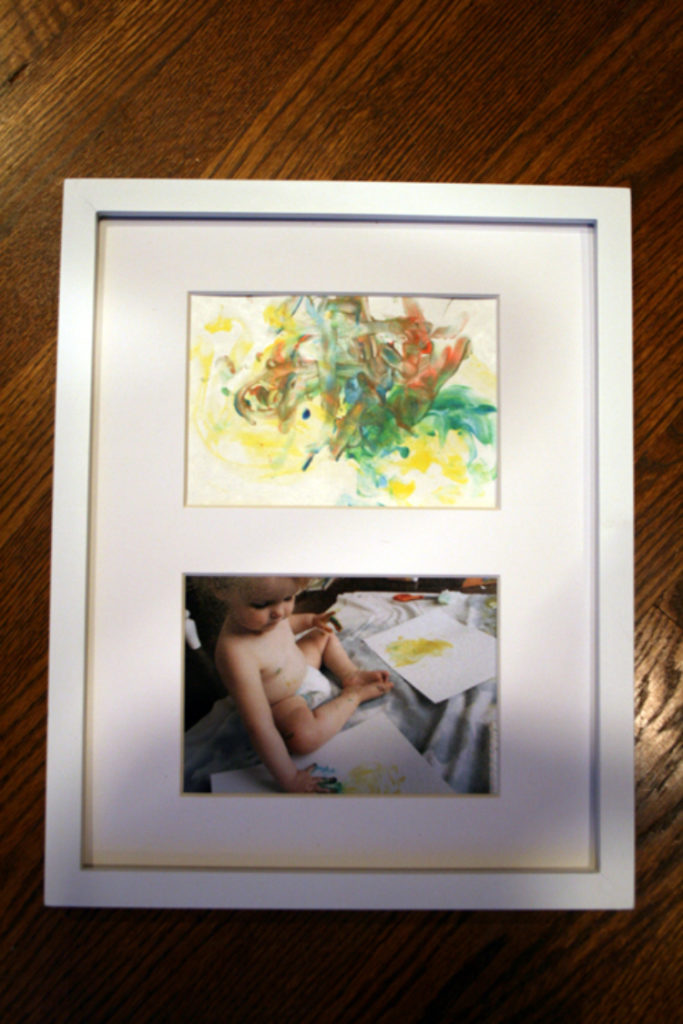
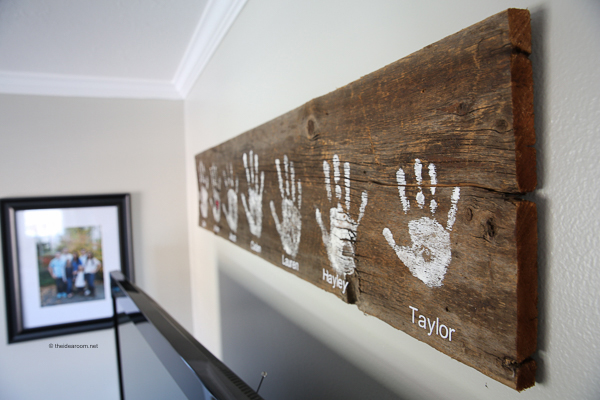
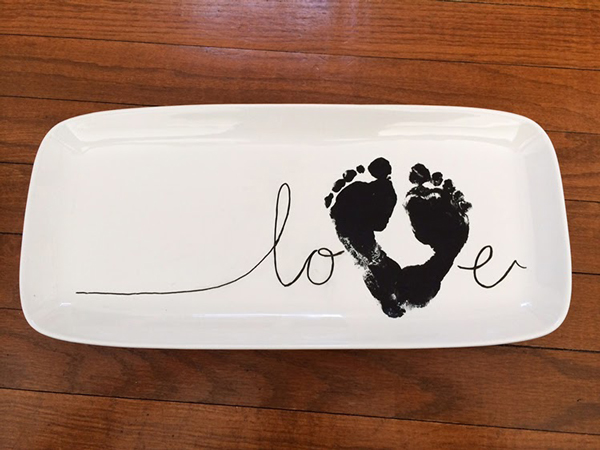
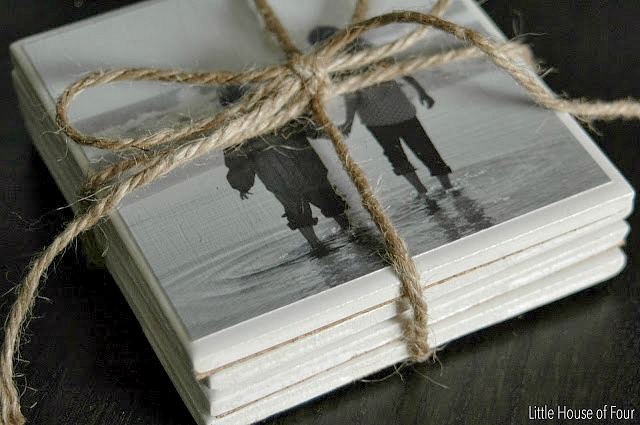
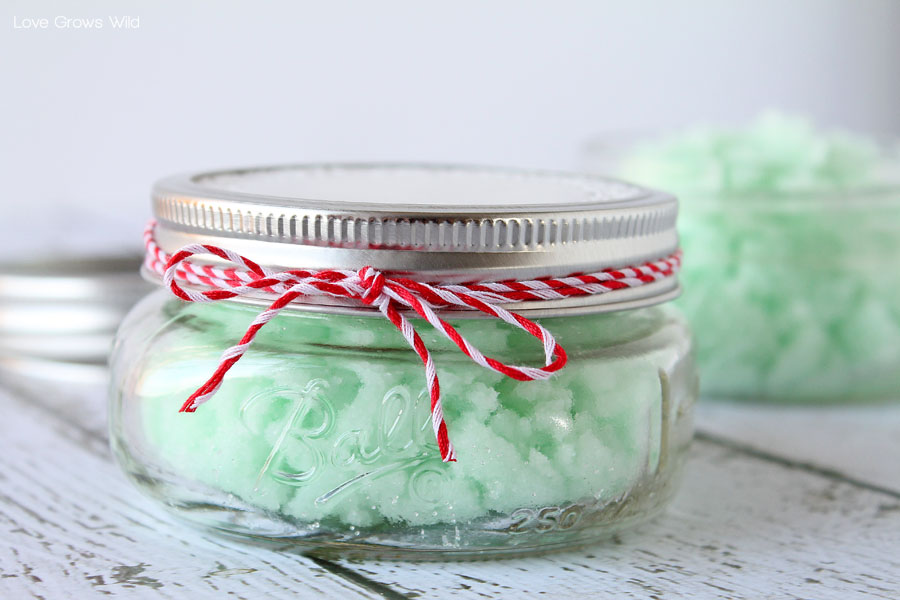
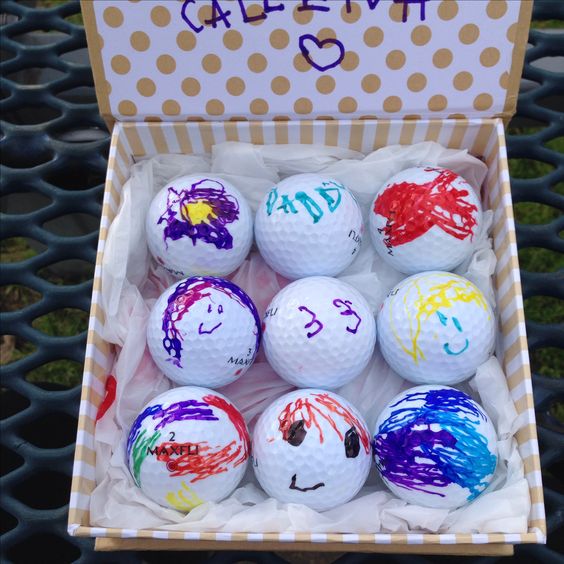
This was such a beautiful and impactful piece. (I love that you addressed and respected the differences of others too!) This content definitely resonates w me and our parenting style in my house. Will definitely take on some of these ideas for this year and the long term!
Yes and yes again! This year I am giving our kids a bookshelf and an art easel. Also a science kit subscription for recurring fun! We also bought lots of books from discount websites. I plan to take the kids to the library one day but our tiniest tot is still too destructive with the pages!
Thank you for making this topic accessible to different pov’s. It was inspiring and an important topic to hear about in today’s climate especially
This was really well done and I loved it. Will be using most if not all the ideas! I hope this continues next year!
Love this! Thank you
This article is amazing. It not only was a great sharing tool to let people know where I stand with gifts, but also made my anxiety of “stuff” feel more normal, like it isn’t just me. I am wrapping a large cardboard box up for my toddler this year, along with a few hand me down toys, he won’t know how to contain his excitement, and no money has been spent! Thank you, thank you, thank you,
Thank you, thank you, thank you. @Trisha above puts it better than I could have. I really appreciate this thoughtful post.
I loved reading this. Thank you for using your voice to advance this conversation! We’re working on figuring out language to use with our little kids to talk about generosity, giving, gifts, tzedakah (the Jewish term that means something like charity), and what it all means and why it matters.
❤️ 💯! Great ideas and love this school of thought this year and always. We use too much stuff!
This was a great guide–thank you so much! Inspired me to really tackle the ‘stuff’ problem this month.